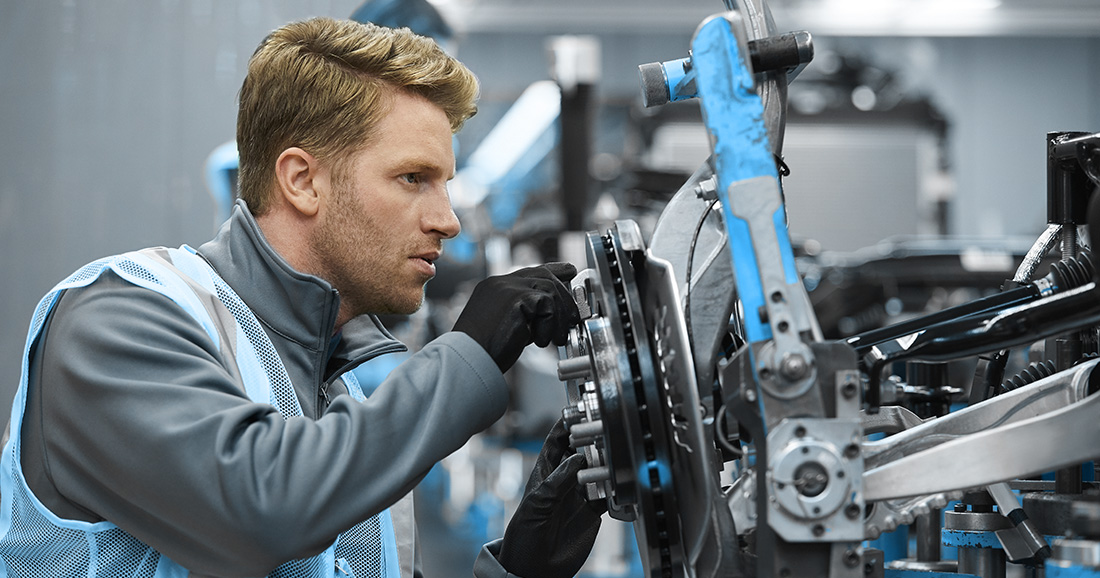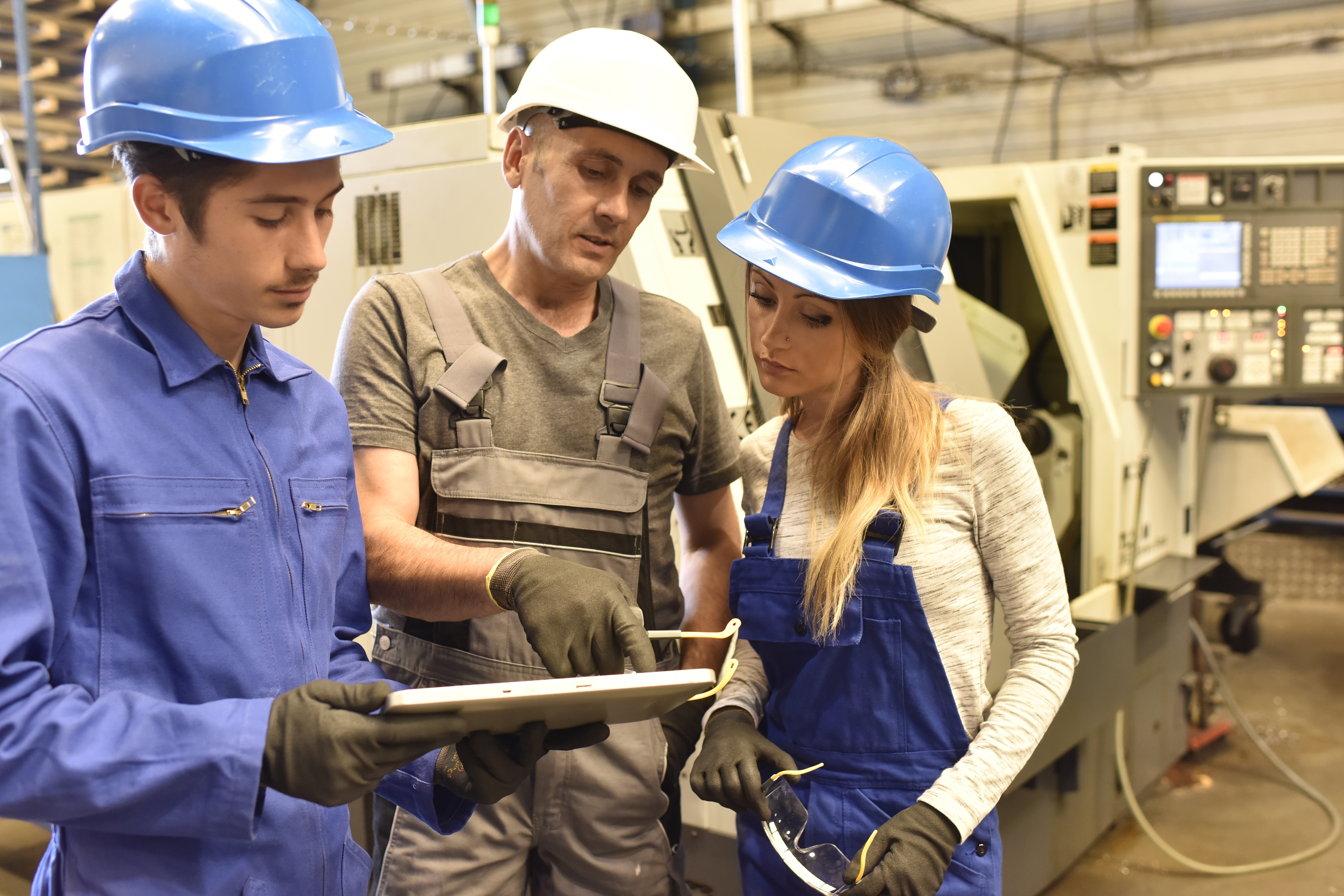Assembling Your Production System Project Team - The Visionary
Part 2 | The Visionary The first step in any successful manufacturing system project is to assemble the right people around the table. As we...
2 min read
David Oeters : September 12, 2013 at 9:22 AM

Struggling to understand how an MES and Paperless Manufacturing will help your shop floor? Look no further than a parking lot for an easy-to-understand answer.
We often turn to the familiar for help explaining the unfamiliar. This is why we often use the line, “It tastes like chicken,” when struggling to describe a new food. We know chicken, and it creates a comfortable, easily relatable connection.
Easy-to-understand definition of ERP and MES
This may be why so many of us see an ERP and MES system as interchangeable, never seeing the critical difference between the two. An ERP is familiar. We understand ERP – accounting, payroll, billing and records. MES is the shop floor, the heart of manufacturing that can be a confusing hurricane of machines, tools, processes and materials. We turn to the familiar and make a connection (maybe even sub-consciously) between ERP and MES. The roles and systems become mixed in our mind.
But it doesn’t work that way, and trying to force an ERP to do the work of an MES usually has a negative impact on your business. I’m going to take a different approach this time, and turn to the familiar to explain the difference…
Think of your manufacturing business as a car.
An ERP works like the windows and mirrors on your car. It offers a convenient way to view, track and plan your business. With an ERP (or a rear view mirror) you can track where you have been. You use the windshield to see where you are going. Look out another window to see where you are. Orders come in, money goes out, old employees retire and new ones arrive as you track customer data, create invoices, look at expenses and more.
But a car, and your business, isn’t just windows and mirrors. You need an engine to move the car, and a way to guide and control the engine. An MES is the dashboard and GPS of your organization, giving visibility and control of the engine, the shop floor and manufacturing, to you.
With a good dashboard and GPS, you have the directions and maps (visuals) to where you need to go. You have a wheel, gas pedal, brake and more to give you control over the engine. You can track progress and receive warnings when something goes wrong. By organizing and transmitting work instructions digitally, collecting shop floor data, tracking quality, and controlling production, you control the heart of your operation.
Make Sense of Your Shop Floor with an MES
Sure, you might be able to find the local mall without a map, and if you point the car VERY carefully, you may never need to turn the wheel, but life is much easier with a good dashboard, GPS, and a car you can steer. An MES delivers the drawings, blueprints, details, inspections, directions and other information you need to build your product. It doesn’t just hand it to you in a heap. It organizes it, just like a GPS or dashboard. It provides turn-by-turn assistance, then tracks real-time data during production and gives you control of the process.
When you run into an issue (and who doesn’t on the shop floor), an MES can help. A GPS offers advice on avoiding construction and adjusts the arrival time based on your current speed. An MES provides workarounds for production problems, re-routes work around machines not functioning, and gives you real-time access to product ship times. To put it simply… windows don’t give you that level of control.
And just like a car, I wouldn’t want to drive (or ride in) a car with no windows. It’s not pleasant to travel with no idea of where you are going or where you’ve been. I’m also much happier driving with my GPS and a reliable dashboard giving me visibility and control over the engine, direction and speed of the car.
Make sense?
When asked, “What is MES?” I’ve heard people start quoting ANSI/ISA-95 standards, or listing system functions and features, but it’s not until I imagined riding in a runaway shop floor (or a fast-moving car) with no brake or steering wheel did I realize how critical MES was for a manufacturing operation.

Part 2 | The Visionary The first step in any successful manufacturing system project is to assemble the right people around the table. As we...

Part 1 | Who Should Have a Seat at the Table? You need to assemble the right team, both internally and externally, to select, implement and support...

1 min read
Don’t be fooled, mobile manufacturing requires more than just an app. It requires an integrated mobile solution delivering shop floor functionality...